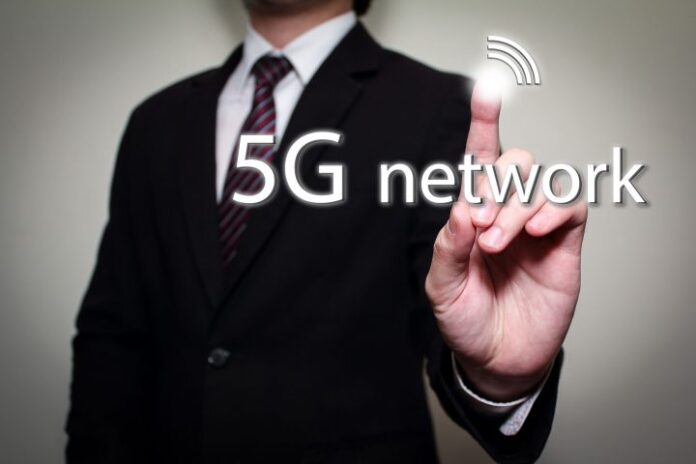As the telecommunications industry is readying for 5G, the first use case for 5G networks might be about supporting increasing IP traffic
LONDON – Mission-critical applications, connected cars and, in general, connected things are often referred to as future major use cases for “5G” technology. And they are indeed areas where operators are hoping to generate new revenues. But to start with, 5G could simply be about supporting increasing IP traffic, said Iain Sharp from The Alliance for Telecommunications Industry Solutions during a panel session on “Standards and the release roadmap towards 5G.” Until then, there is a lot of ground to cover when it comes to standardizing 5G.
There are, according to Sharp, two key elements to 5G deployment. On the one hand it is fundamental to manage the transition from today’s LTE networks to tomorrow’s 5G networks. On the other hand, use cases and business models that can drive 5G adoption must be defined.
According to Colin Langtry, chief of the radio communications study groups ITU-R, the main concerns today are the establishment of global standards and a global spectrum management framework. Also, in order to avoid fragmentation in end-to-end systems, 5G architecture must be kept open, said Gerry Foster, 5G systems architect at 5GIC.
There is a palpable sense of urgency in the industry when it comes to 5G standards, as operators and vendors are starting to trial prestandard technology.
“The ambitions are high and the time is short,” said Erik Guttman, SA chairman at 3GPP.
In the medium-term, the ambition should be to set goals for 5G without making too hard choices that would later on become constraints. “We will be taking these decisions in the next year. It will be quite painful but necessary,” said Guttman.
Involve fixed networking players
Fixed network operators might also reap the benefits of 5G deployments. To that end, they should be involved in the standardization process. But it is easier said than done. “A lot of the architectural work in 5G is good for fixed broadband,” said Foster.
The fixed networking community will however have to take a proactive role to facilitate interworking. And it would be preferable if it happened fairly soon. “The process needs to be to a large extent an initiative from the fixed networking community to bridge that gap and identify the opportunities that might be attractive at that point,” said Guttman.

